Call Our Sussex Damp Experts team now for quote, consultation and advice:
Call on 01273 257 765.

The first step in resolving any damp and wet rot issues in your property is to conduct an inspection. Our damp proofing specialists at Sussex Damp Experts will only report on real damp concerns and offer helpful and cost-effective solutions. Our damp proofing specialists may inspect your property, conduct a damp and timber inspection, and advise you on the best course of action for repairs.
When we inspect any building, regardless of its age, we typically find that rot is the source of any affected timber degradation. Dry Rot and wet Rot are two types of wood rot, both of which are produced by the fungal decay of the wood.
Sussex Damp Experts provides a comprehensive choice of damp proofing and treatments, and we are confident in our abilities to make cost-effective repairs backed by our 30 years warranty.
Whether it’s rising damp treatment, basement waterproofing, wet rot treatments or other damp proofing expertise, you can rely on our damp proofing experts to assess the problems in our detailed surveys and provide you with the most professional services to give you peace of mind for the future.
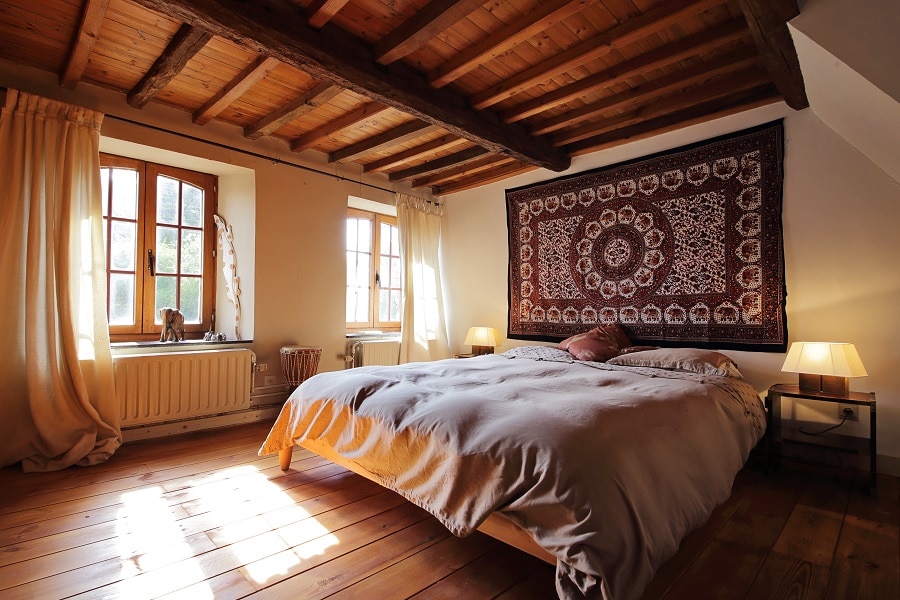
Wet Rot is one of the most frequent kinds of wood decay. It’s a fungus that rots wood and thrives in damp environments. Coniophora Puteana and Choanephora Cucurbitarum are two fungus species that fall under the umbrella of wet Rot. Some species obtain their food by destroying the cell walls of wood, causing the wood to deteriorate in strength. The structural integrity of a structure might be jeopardised as a result of this.
Wet Rot occurs when excess moisture is present in timber over long periods of time. This type of decay affects wet wood by causing it to soften.
Wet Rot is caused by moisture being absorbed into the timber. This moisture can originate from different sources.
Damp is often a symptom of a more serious underlying issue. As a result, locating the source of the damp is the first step in fixing the problem. If you see damp patches on the inside or outside of your home, it might be due to one of the following most common problems:
Once the cause of the problem has been identified, it should be handled concurrently with the fabric repair, making the damp proofing treatment more dependable and long-lasting.
Coniophora Puteana, popularly known as basement fungus, is the most prevalent fungal species associated with wet rot. Wet Rot may be divided into two categories:
When the wet rot fungus affects specific types of wood, the decay can take on a whiter appearance. This is referred to as white Rot. When a fungus digests lignin, a polymer that links wood cells together and provides its inherent stiffness, white Rot ensues. When the fungus digests the lignin and cellulose, the deeper colours are stripped away, resulting in white Rot. When you touch the wood, it feels soft and spongy.
Brown rot is a type of wet Rot and seems to be darker than white Rot. It may appear to be a close match to the colour of the damaged wood. Wet rot fungi can’t always digest the lignin in some types of wood, so they eat sugars and cellulose instead. This causes the damaged wood to become brown.
A suspected structural fault is the most common cause of a wet rot problem, although it can also be caused by long-term damp issues. One way to identify wet Rot is by its smell. Wet Rot has a more pungent odour than dry Rot. It has a musty, moist odour that has been characterised as earthy and decomposing soil-like.
Wet Rot may be seen in various places, with high predominance in cellars (cellar fungus), roofs, and window frames. Identifying wet Rot can be difficult because some of the signs of wet Rot are similar to those of dry Rot. Wet Rot should be diagnosed by a specialist who can distinguish it from other types of Rot by the colour of the rotting wood and the size and cracking that appears as the wet rot proceeds.
The following are some of the most prevalent indications of wet Rot:
Another way to identify wet Rot is with the appearance of damaged or flaking paint. Wet Rot can be difficult to detect in painted wood. If you insert a screwdriver into the wood and it readily goes in, you may have a rot problem.
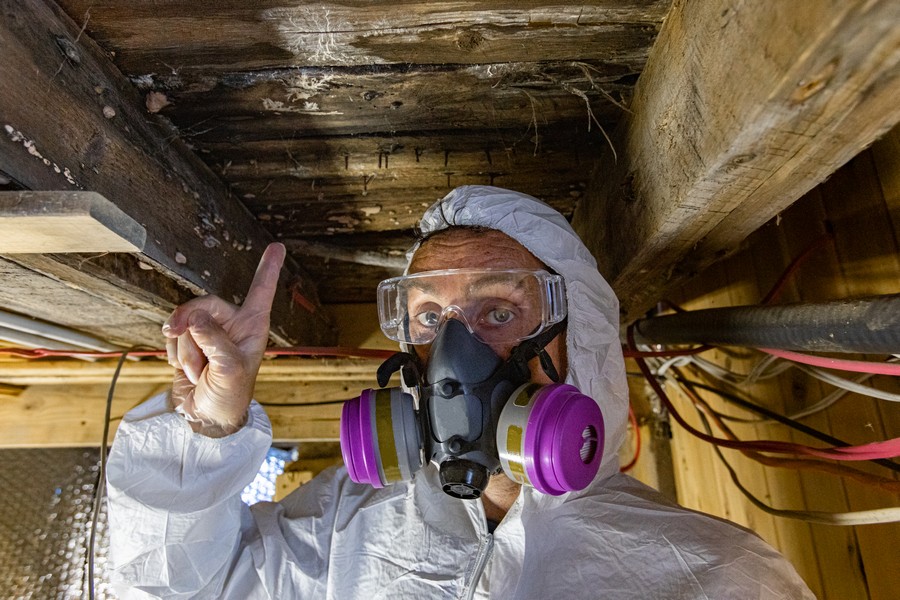
The most prevalent source of damage to timber structures is wet Rot. Wet Rot may harm practically any sort of wood in a home, so you may not be able to detect it unless you’re an expert. That’s why it’s so important to have expert advice as soon as possible to avoid further damages and higher costs. Call our damp and wet rot specialists today on 01273 257 765 to book a survey for your peace of mind.
Because damp wood is always vulnerable to decay, keeping your building’s structural timbers dry is the best method to safeguard them.
If you have wood in moist places, you must endeavour to maintain the wood to keep it from deteriorating. Sills, window boxes, fence posts, timbers that touch brickwork but haven’t been damp proofed, lumber that comes into contact with hay and manure in farms, and any wood used in river or marine piling or bridge building are all susceptible to moisture.
That’s why it’s essential to pay attention to any damp problem as soon as possible. The wood and timber from the property will suffer over time, and the masonry and all the structure if the damp issue is not addressed quickly.
Because moist timbers under floors and in roof voids might exist without evident indicators, a survey by a skilled timber infestation surveyor is vital, especially when purchasing an older home, maintaining a listed structure, or recovering after a flood or leak.
Wood hardeners are available for use on wet, rotted wood. After the wet rot wood hardener have soaked into the wood, it increases strength. Window frames and doors are good targets for these items’ use.
This form of rotten wood is caused by a black fungus that affects wood that has come into contact with wet or damp masonry, softening it and altering its colour. The longer you wait to address a chronic problem, like with most property-related concerns, the worse it will become. Your case of Wet Rot is no exception. If you can detect the existence of fungal Rot early enough, you may be able to cure it while the damage is limited to a small area of wood.
You may need to replace entire timbers in more extreme situations when damp Rot has extended its tentacles throughout the width of your timber. There are several steps to treating wet Rot. Preventing the timber from becoming moist is the first step in treating any fungus-related problem with woods. Suppose water is leaking into your building, regardless of whether the reason is broken guttering, condensation, or something else. In that case, you must immediately discover the source of the leak and stop it from continuing.
Our rot specialists are professionals in the field of timber surveying. Our timber and damp surveys are designed to identify fungal decay and, more importantly, the underlying causes of the problem. Dry wood is not affected by Rot. If your building’s timber is rotting, the high moisture levels must be the consequence of a severe problem. We take a holistic approach to the problem of rotten wood. We target the issue at its source; this is the only way to discover a long-term solution.
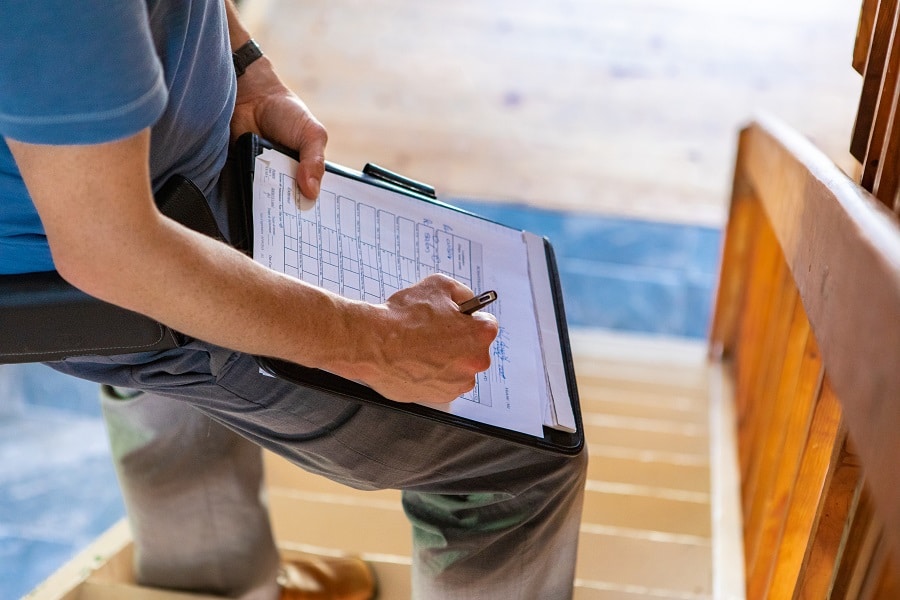
The wet rot treatment method comprises eliminating the source of moisture, repairing or replacing damaged timbers, and creating a physical barrier to keep damp masonry from causing more damage. To treat wet rot problems, it’s necessary to determine the source of moisture and eliminate the source of damp. It’s possible to separate the timber from the source of the damp before treating the afflicted sections to avoid even more spreading.
The use of a fungicide during the drying out process is used to treat wet Rot. The fungicide is available as a concentrate or a ready-to-use solution that should always be applied by professionals. The sections that aren’t yet damaged by rotten wood should also be treated, with wood preventing fungicides when addressing the afflicted regions. This will stop the deterioration from spreading in the future. Give us a call at 01273 257 765 now to schedule a survey in Brighton and have the best professional advice on your concerns about the property’s damp issues.
Call Our Sussex Damp Experts team now for quote, consultation and advice:
Call on 01273 257 765.
When the wood has to be fixed, now is the time to do it. Various damp-related concerns, wood rot, and even infestations of wood-decaying insects leave a home defenceless. When these flaws harm the wood, it may be necessary to replace it, jolt on steel flitch plates, or even graft new wood to old wood using epoxy pitch fixes.
The best method for mending wet or dry rot-affected timbers is to assess the entire extent of the Rot and slice the woods to where it rests if detected early enough. After that, fungicide could be applied to the exposed areas, and new timbers could be used to replace the decaying wood that had been removed. Sussex Damp Experts makes every effort to keep structurally sound wood, but we may need to repair and replace the wood in the most extreme circumstances.
If you find dampness in your property, act fast. Otherwise, the building’s occupants and inhabitants may suffer significant problems. In addition to the aesthetic irritation it creates, dampness may cause wet Rot and severe structural damage to a property’s structure and jeopardise its integrity if not addressed promptly.
It’s also confirmation that it can induce respiratory difficulties, particularly problematic in people who already have respiratory conditions. Call our damp proofing professionals as soon as possible if you notice damp whatever the cause.
The cost of wet rot treatment is determined by the severity of the problem and the amount of afflicted wood. We use a variety of professional and extremely effective products at Sussex Damp Experts. If the damage is extensive and beyond repair, the timbers will need to be replaced, increasing the total cost. It would help if you also considered the expense of repairing the source of water penetration when dealing with wet Rot. This might be costly when it comes to roofing.
Treatment and repair prices will vary due to the uniqueness of each home and the cause of wet Rot. As a result, each incidence of wet Rot may necessitate a different treatment strategy. Sussex Damp Experts ask you to fill out an online form with some details or phone us at 01273 257 765, and one of our certified professionals will come out to assess the property. Based on the findings, we can offer you a treatment cost estimate for all treatments and repairs.
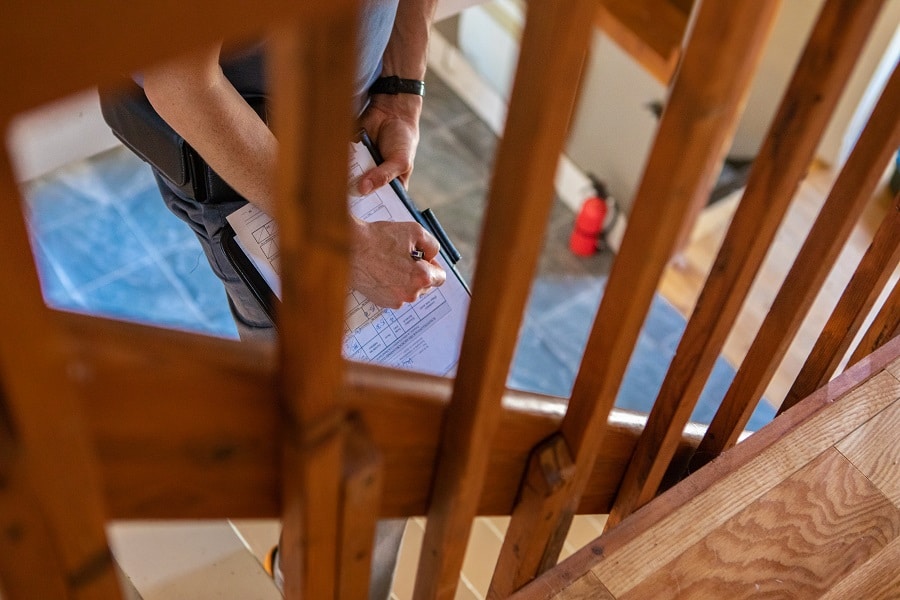
We have a comprehensive team of damp proofing professionals who have vast experience dealing with damp issues, including dry Rot and woodworm, wet Rot, Dry Rot, basement waterproofing, interior damp, rain penetration, and condensation management in both commercial areas and residential buildings.


Sussex Damp Experts adheres to high standards for damp proofing treatments, professional re-plastering, wood preservation, and damp inspections. We regularly perform some of the services, including basement tanking, dry rot management, moisture ingress prevention, cavity wall treatment, dry Rot and woodworm eradication, and condensation control.
We can repair leaking roofs and rainwater goods, correct all building defects to prevent rainwater damage and timber decay, rising damp, penetrating damp, convert damped unused basements into excellent new rooms, eradicate cellar fungus, complete timber treatment to protect against woodworm, dry Rot and wet Rot, condensation and mould control, and water damage restoration, to name a few. We serve homeowners, local governments, small businesses, and commercial buildings with highly customised, skilled, and trustworthy damp proofing treatment and repair services.
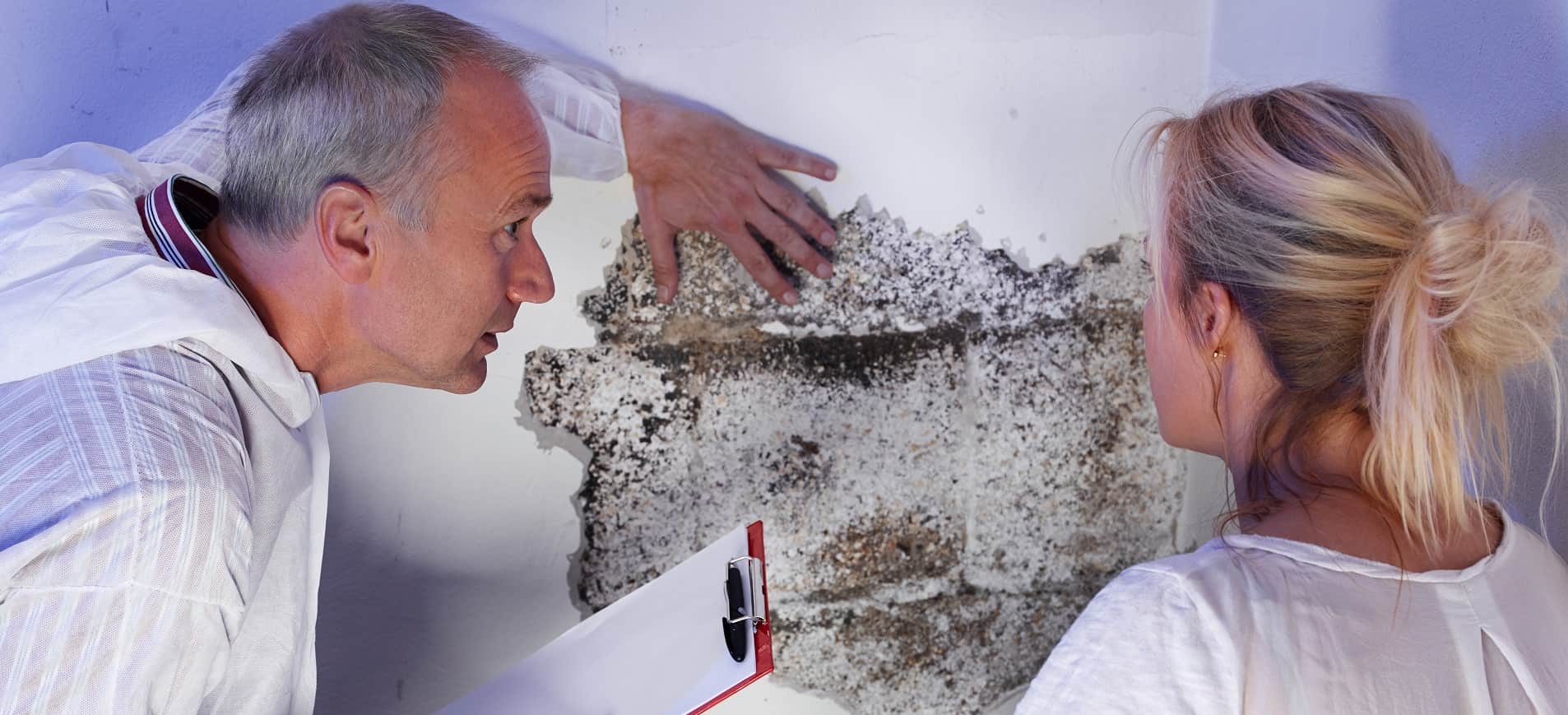
All of our work is guaranteed for your safety. Furthermore, we are members of the Guarantee Protection Scheme, an independent insurance policy that covers the lifetime of your guarantee if you want to take it out.
Call us at 01273 257 765 now to chat with a member of our friendly staff about your requirements.


Max and his team have been at our property all week and I really can’t thank them enough for the fantastic job they’ve done on plastering both our walls and ceilings. They have literally transformed the appearance of our house! Not only has Ma…

From start to finish Max has been incredable. His knowledge lin damp proofing is second to none and his team where very clean and polite. The plastered finish was like glass so happy we choose Max Plastering for job.

Lovely bunch of lads left a very neat and clean job. Problem was solved.

Perfect Finnish and all left clean and tidy and no mess. Used Max previously and would not hesitate to ask him carry out more work.

Max, Harvey and Stuart arrived promptly as arranged. Done a great job on our outside rear wall. Work completed to a high standard, removal of all old material and cleaned up after themselves. I am so pleased with the standard of their work they ar…

They turned up on time and carried out the works in a very professional manor leaving the front of the house clean and tidy. Very impressed would definitely recommend.

I have to say that on every level Max (with Stuart and Harvey) did an extremely professional job! They explained what they were going to do, they were polite and courteous and respected that they were coming into our home. The plastering is of the…

I called max and he managed to come around the same day to do a survey. The next day I received an extremely detailed survey compared to any other damp proofer which made me feel very at ease that he was going to do the right job. Max and team tur…

Contact Sussex Damp Experts Now to Speak With an Expert.